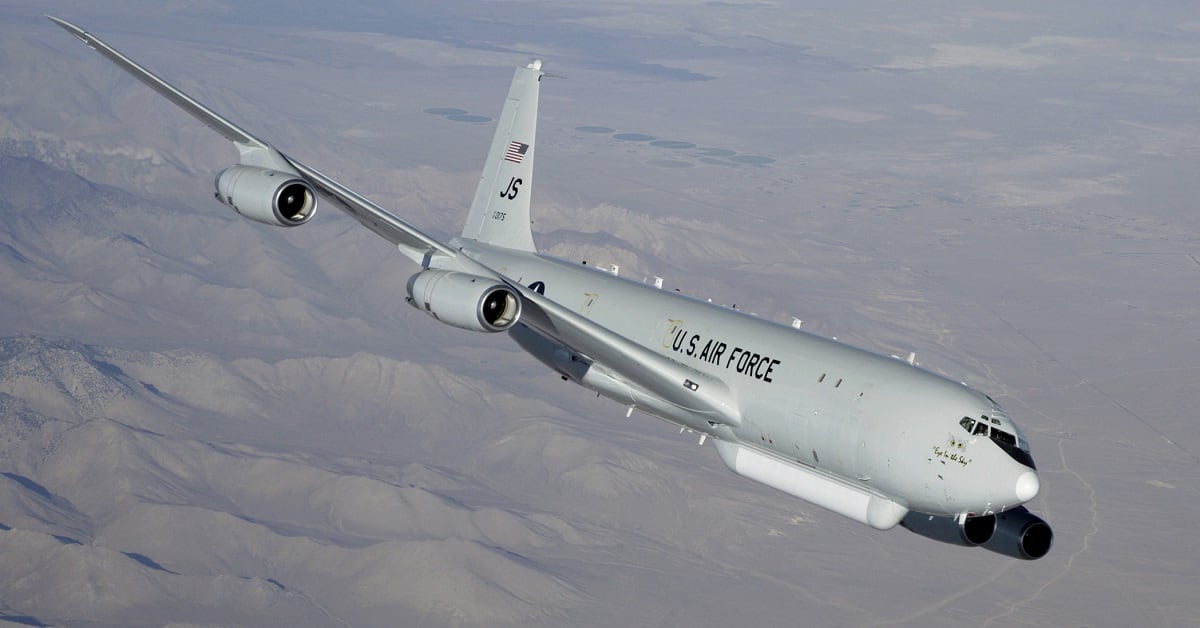WASHINGTON — The U.S. Space Force is seeking more than $1.2 billion in funding over the next five years for a secretive “Long Range Kill Chains” program to track moving targets from space.
The Air Force will shift a portion of its ground moving target indicator mission from its aging fleet of E-8C Joint Surveillance Target Attack Radar System aircraft — which are set to retire by the end of next year — to Space Force satellites, according to detailed fiscal 2024 budget documents released Monday.
Ground moving target indicator, or GMTI, sensors can identify and track objects of interest like enemy vehicles. While the mission is traditionally performed by aircraft, the National Reconnaissance Office, which builds and operates U.S. spy satellites, uses spacecraft for surveillance missions.
The Space Force spent the last few years working with the intelligence community and the other military services to determine how to replace JSTARS with a target-tracking system that better integrates air and space systems and to define what roles different agencies should play in that capability. The service’s Space Warfighting Analysis Center led the effort and completed its analysis last September.
Speaking March 15 at the McAleese & Associates conference in Washington, Air Force Secretary Frank Kendall called the resulting program and the cooperation between the Defense Department and the intelligence community “a transformation” in the way DoD conducts the GMTI mission.
“We’re going to try to do this together [as] efficiently as possible to meet both operational and intelligence needs,” he said.
The Space Force requested $243 million for Long Range Kill Chains for FY24 and another $1 billion through FY28. Because the program is mostly classified, the budget documents don’t offer much detail on the sensors the service will develop.
The request describes the program as “another way to harness data from the space domain and incorporate it into the secure environment . . . to sense, make sense and act faster than our adversaries.”
The Air Force also commissioned a study from its scientific advisory board that considers how much of the GMTI mission satellites might be able to take on and looks at options for sensor capabilities.
The board, which provides expert scientific analysis on Air Force and Space Force technology challenges, will also evaluate the risk of shifting a large portion of the object tracking mission to space-based sensors.
A final report is due in December.
Courtney Albon is C4ISRNET’s space and emerging technology reporter. She has covered the U.S. military since 2012, with a focus on the Air Force and Space Force. She has reported on some of the Defense Department’s most significant acquisition, budget and policy challenges.





